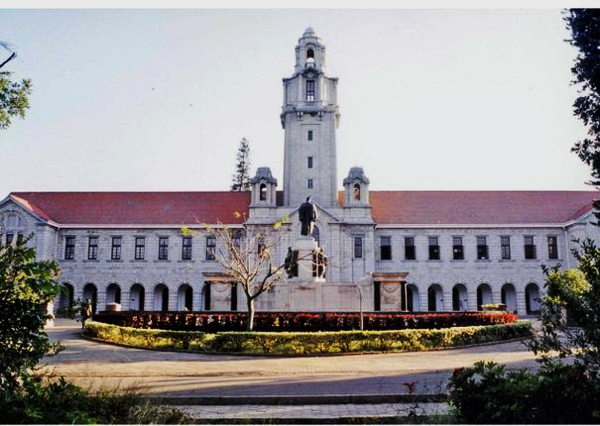BENGALURU: An interdisciplinary group at IISc have developed India’s first-ever e-mode gallium nitride (GaN) power transistor, whose performance is comparable to some of the best reports till date, making India ready for the next semiconductor game.
All electronic devices used today have components made of semiconductors, mostly silicon. In recent years, GaN, another semiconductor, is making its way into electronics. Scientists globally have opined that it is better suited for high power and high-frequency applications.
“Since GaN technology is still evolving, and it is less expensive to set up a foundry for manufacturing, it is touted to be India’s opportunity to mark its presence in the niche field of semiconductors,” a statement from IISc read
Power electronic systems that operate at high power and frequencies are projected to use specific transistors called High Electron Mobility Transistors or HEMTs. These transistors are made with gallium nitride, and they can operate at very high voltages, switch ON and OFF faster, and occupy less space when compared to silicon-based transistors.
“The projected market for HEMTs is projected to cross $5 billion and overall power device market is set to cross $18 billion mark by 2020, so one can say that GaN will acquire a major market share,” the statement read, adding that with a growing market for electric vehicles in India, such an indigenous development to manufacture these transistors will save import costs and make us self-reliant for transistor technology.
Having worked hard for two years, the team at IISc was able to develop the first-ever e-mode gallium nitride power transistor from India that operates at 600V.
“It has advantages in terms of performance and power handling capacity over similar devices proposed by other researchers, some of which are now in the market,” the IISc team claims.
Given that the 600V class e-mode HEMT technology recently got commercialised, IISc’s competition was with industry-standard state-of-the-art power gallium nitride HEMT technology.
Keeping system level requirements in mind, this group has developed both e-mode HEMT as well as GaN Schottky diodes. Their work has been published in the IEEE Transactions on Electron Devices.
“The researchers explored oxides of copper, nickel, aluminium and titanium for using them to make the gate of the improvised HEMT. They zeroed in on titanium oxide as it had minimal leakage current and provided better control of the voltage needed to turn the transistor ON,” the statement read.
“.. They finally used aluminium titanium oxide as the percentage of aluminium could be controlled during the fabrication process, which acts as a ‘control knob’, regulating the voltage needed to turn the transistor ON. Since aluminium titanium oxide is stable, it results in high reliability of the transistor,” it added.
The addition of aluminium in the titanium oxide was an accidental discovery!
The team was experimenting with titanium oxide, trying to finetune it to achieve optimal characteristics. A particular lot that they had developed displayed characteristics totally inconsistent with, but better than, any previous lots. Investigation showed that there had been aluminium contamination, after which, the team explored the use of aluminium doping in titanium oxide.
“The researchers carried out rigorous design of experiments, processed over 200 process lots to develop this technology and tested more than 150 transistors per manufacturing lot to develop the confidence with statistics,” the statement reads.
They then found that the gallium nitride transistors with aluminium titanium oxide gate had a 100 fold reduction in the leakage current and better gate control, while keeping it under e-mode, as compared to other conventional GaN HEMTs. Besides, the current carrying capacity of the transistor when it is turned ON was found to be at par with industry standards.
The project has been funded by the Advanced Manufacturing Technology (AMT) initiative of Department of Science and Technology (DST) with an initial support of Rs 10.28 crore.
The GaN activity in IISc was seeded by the Ministry of Defence (MoD), which was subsequently supported by the Ministry of Electronics and Information Technology (MeitY) for the development of GaN based power electronics. These initiatives by MoD and MeitY on materials and devices have helped lay the platform for this advancement.
Source:ToI
Image Courtesy: QuickEdmin
You may also like
-
New Heat-Based Approach To Cancer Treatment Can Reduce Chemotherapy Doses
-
Scientists Take A Major Step Towards Unification Of Classical & Quantum Gravity
-
India Graphene Engineering and Innovation Centre (IGEIC) Under the Vision of Viksit Bharat@2047 Launched
-
New High-Performance Gas Sensor can Monitor Low Level Nitrogen Oxides Pollution
-
Antidepressant Drug can be Repurposed for Treating Breast Cancer
